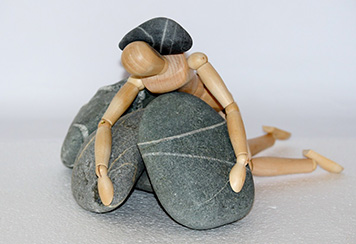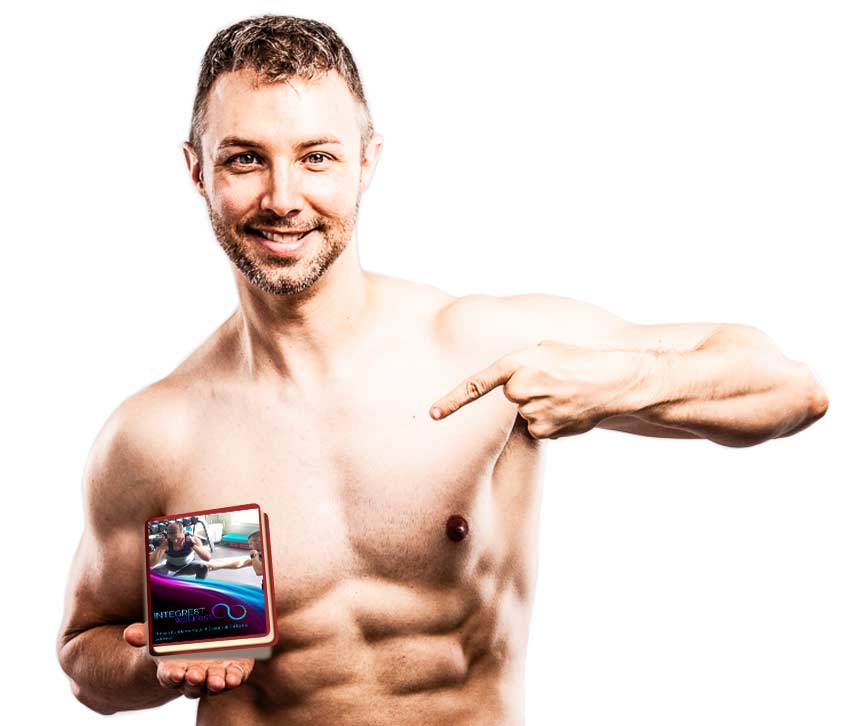Is Yoga dangerous?
A report on Yahoo upset me! It said there has been an alarming increase in injuries associated with the practice of Yoga in the U.S. Strained muscles, slipped discs, and even strokes have become far too common. It stems from poor instruction from under-trained instructors, unsafe conditions/environments, and competition amongst students.
Yama: Self vs Not-Self
Step one is yama, the practice of restraint. It focuses on self-control and how you treat yourself, other people, animals (considered sentient beings by the Yogi), and the natural world around you. American studios often skip the beginning, much to the detriment of the practitioner (as seen by the examples of injuries above), and therefore patience and compassion are usually completely neglected by American students.
Niyama: Inner selves
Step two is niyama, the practice of inner connectivity. Niyama, observance or understanding of the self, grows out of compassion for the self and for others. Without it Yoga becomes a routine, rather than a practice. Why do you do Yoga? How does it change your entire life? What does it teach you about yourself and how does that affect your purpose in dealing with anything else?
Asana: Postures
There are nearly one million poses in Yoga. To believe you can master them all (or even one of them for that matter) betrays a lack of yama and niyama. Unfortunately, this step is where most American students begin their practice of Yoga — as a result, it is often as far as most get.
There is only one requirement in performing asana: Avoid using force or pressure. The body should be strong, energized and stable, yet comfortable. There should be no trembling, discomfort or pain. The purpose of asana is not to sculpt your abs. It can do that, however, asana is meant to be the practical, tangible, physical observance of all the ideals represented by yama and niyama. To perform it successfully, asana requires a deep connection to step four, pranayama.
Pranayama: Breath of Life
Breathing in Yoga is not merely a stylized respiration used to help you get deeper into your shapes so that the hottie next to you will think you’re more advanced than you are. Pranayama isn’t “just” breathing. It is an examination of life, its energy and its vigor.
Although breathing with the control and depth of pranayama generates an enormous amount of heat, making asana safer and more comfortable, the action of breathing is really the foundation upon which rests the notion that we can attain connection with our souls, the animating force of the universe and the source of Life.
This transition opens the student to experiencing pratyahara.
Pratyahara: Withdrawal of the senses
Stage five of the practice involves learning to shut out external stressors while simultaneously calming internal chaos. Meditation soothes and trains the mind as yama and niyama train the heart and asana and pranayama train the body. True meditation is an advanced skill and is built upon and accessed by the preceding steps along the path.
Just as you should not force the asanas, pratyahara requires a dedication to the process, not simply a fast-track shuttling over to the destination. Meditation allows the disciple to put together in personal ways all the information s/he has learned.
Dharana: Concentration
Whereas pratyahara teaches an individual to shut out distractions to reach an internal place of calm, dharana teaches the mind to concentrate on a single focus. If pratyahara is the stretching, dharana is the warm-up before the “workout.” Paired with pratyahara, dharana disciplines the mind and improves the overall health of the practitioner’s body-mind-heart-soul. Pratyahara wipes the slate clean and dharana draws a single picture upon it.
While experiencing dharana the student learns to focus on a single idea or concept without wavering. The concept and the student are still separate and the student is “merely” focusing on a singular idea. This is nowhere near as easy as it may sound, and you accomplish it by way of following the other steps sequentially. At step six the meditator is still aware that s/he is meditating.
Dhyana: Unity
Step seven takes the single image on the slate, and then discards the slate so that only the image remains. At this stage the practitioner ceases to be aware of any act of concentration. There is only the object and a notion of being. If that is the case then there is nothing separating the person from the point of focus, and they become one. With dhyana comes freedom from desire. Anything in the mind becomes one with the mind. You can have anything, but the realization is that you need nothing. No desire, no fear. This makes sense — if you don’t want anything you won’t fear not attaining it, keeping it, or losing it. Dhyana is the precursor to Samadhi, or enlightenment (known as Nirvana in some systems).
Recent Posts

Glycemic Index vs Glycemic Load
This score indicates how damaging a food will be to your blood sugar levels. Foods that score 0-55 are rated low impact (and thus presumed to be better for diabetics and those looking to maintain healthy weight and/or body fat ratios), but this is not the whole picture.

Caffeine: 14 better options to ease SAD
Nearly a year ago to the dot, I wrote an article about Seasonal Affective Disorder (SAD), but there I focused on the importance of getting access to a full range spectrum of light. Here I’d like to focus on caffeine and sleep’s effect on SAD. I’ll also offer suggestions for what to do to help you feel better on the dark days.

Avoid fish oil supplements
I don’t generally promote supplements. Most of them play to specific, isolated points of medical research to serve as a magic pill. One remarkable example of this is fish oil.



